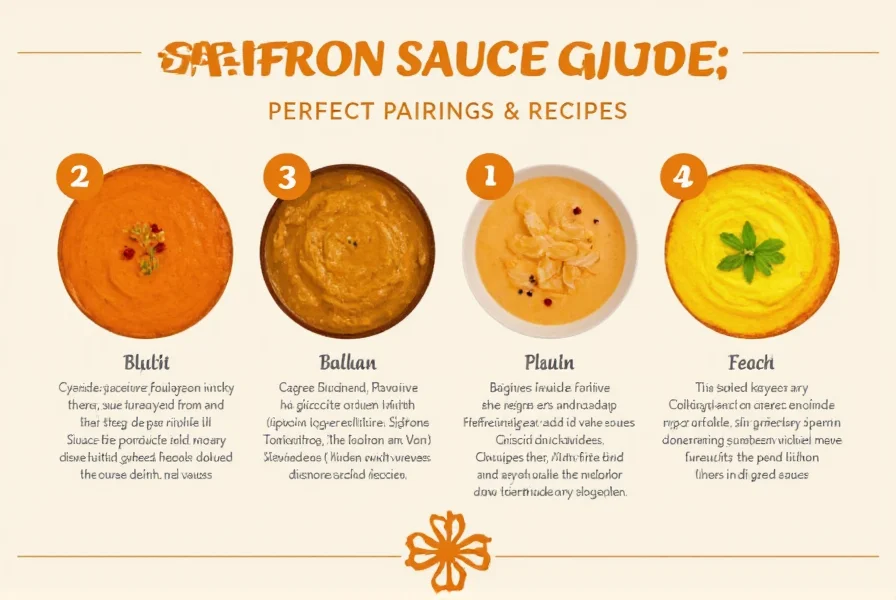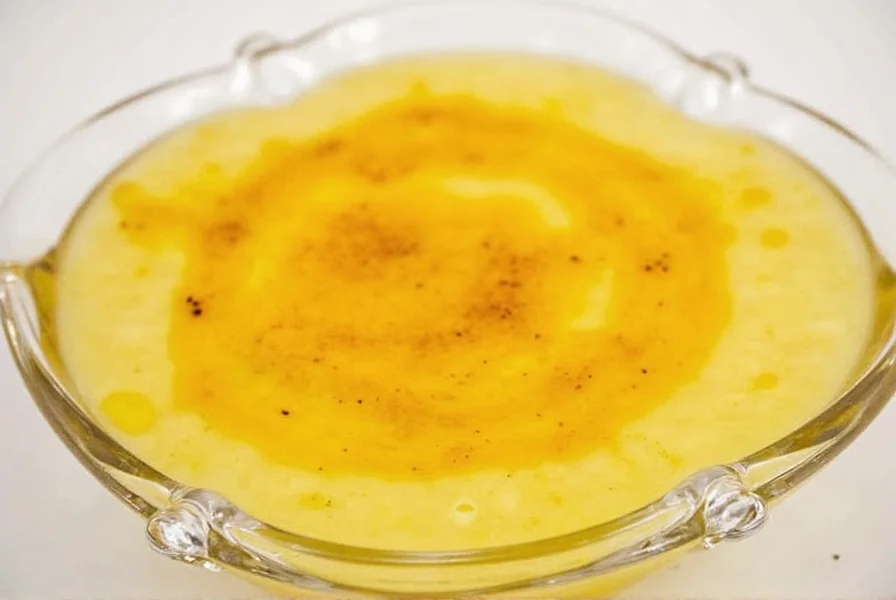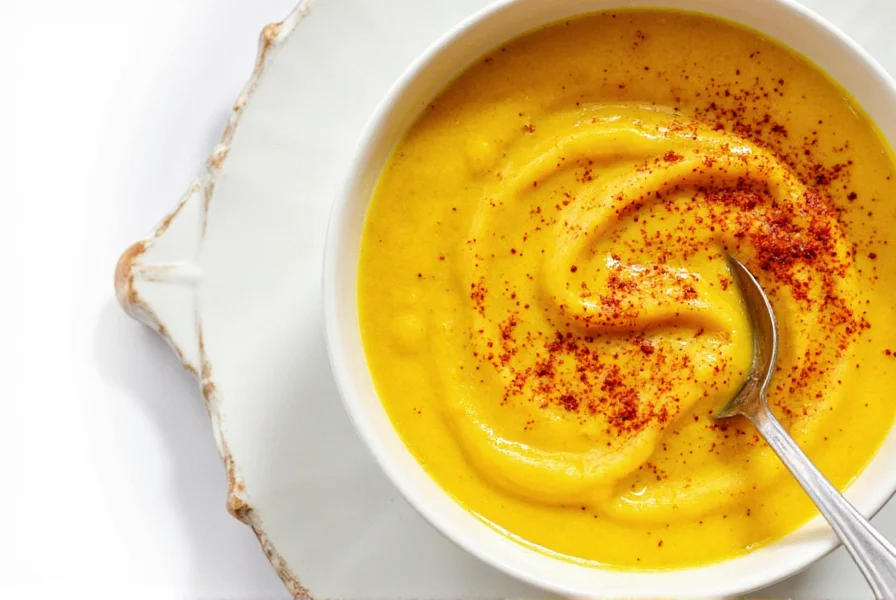Saffron, the world's most expensive spice by weight, transforms simple sauces into extraordinary culinary experiences. When properly prepared, saffron sauce delivers a delicate balance of floral notes, honey-like sweetness, and subtle earthiness that elevates dishes without dominating them. Understanding how to harness this precious spice's potential separates amateur attempts from professional-quality results.
The Essence of Saffron in Sauce Making
Authentic saffron sauce begins with high-quality saffron threads, not powder, which often contains fillers. The key to unlocking saffron's full flavor profile lies in proper infusion technique. Unlike many spices, saffron requires time and the right temperature to release its compounds. Cold infusion preserves more delicate aromatics, while gentle heat accelerates the process but risks losing volatile compounds if overheated.
Professional chefs typically use a two-step process: first steeping threads in a small amount of warm liquid (50-60°C/122-140°F), then incorporating this concentrated infusion into the main sauce base. This method ensures maximum flavor extraction while preventing the delicate compounds from breaking down.

Traditional Saffron Sauce Recipes
While variations exist across Mediterranean and Middle Eastern cuisines, three foundational saffron sauce preparations stand out for home cooks:
| Sauce Type | Base Ingredients | Best For | Infusion Time |
|---|---|---|---|
| Spanish Azafrán | Garlic, olive oil, fish stock, saffron | Paella, seafood stews | 20-30 minutes |
| French Sauce au Safran | Butter, cream, white wine, saffron | Seafood, chicken, vegetables | 15-20 minutes |
| Persian Golpar | Yogurt, saffron, rosewater, walnuts | Rice dishes, grilled meats | 4+ hours |
Perfect Pairings for Saffron Sauce
Understanding what saffron sauce goes with requires recognizing its delicate flavor profile. The spice's subtle characteristics can be overwhelmed by bold flavors, making certain pairings more successful than others.
Seafood represents the most classic pairing for saffron sauce. The natural sweetness of fish and shellfish complements saffron's floral notes beautifully. Firm white fish like halibut, cod, and sea bass provide ideal canvases, while shellfish like scallops and lobster benefit from saffron's ability to enhance natural sweetness without masking delicate flavors.
Rice dishes form another essential category. Beyond paella, saffron sauce elevates simple rice preparations, risottos, and pilafs. The starch in rice helps carry saffron's compounds, creating a more integrated flavor experience than liquid-based sauces alone.
Poultry offers excellent opportunities, particularly with chicken breasts or turkey cutlets. The mild flavor profile of these proteins allows saffron's nuances to shine through. For best results, prepare the protein simply (poached or pan-seared) before adding the sauce.
Avoid pairing saffron sauce with strongly flavored ingredients like blue cheese, smoked meats, or heavily spiced dishes, as these will overwhelm saffron's delicate characteristics. Acidic components should be added carefully, as too much acid can cause the sauce to break or diminish saffron's floral notes.
Avoiding Common Saffron Sauce Mistakes
Many home cooks make critical errors when preparing saffron sauce that diminish its quality:
- Using excessive heat - Saffron compounds degrade above 70°C (158°F), resulting in bitter flavors
- Adding threads directly to large volumes - This dilutes the spice and prevents proper extraction
- Using powdered saffron - Often adulterated and lacks the nuanced flavor of whole threads
- Over-seasoning - Saffron's delicate flavor disappears when competing with strong spices
- Improper storage - Light and air rapidly degrade saffron's quality
For optimal results, use 0.1-0.2 grams of saffron per serving (approximately 15-30 threads). More isn't better—excessive saffron creates bitterness rather than enhanced flavor.
Storage and Shelf Life Considerations
Properly stored saffron maintains quality for 2-3 years, but once incorporated into sauce, its shelf life decreases significantly. Freshly made saffron sauce keeps for 2-3 days refrigerated in airtight containers. Freezing extends this to 1-2 months, though texture may change slightly upon thawing.
When storing saffron threads, use opaque containers in cool, dark places. Exposure to light degrades crocin (the compound responsible for saffron's color) within hours. Never store saffron in the refrigerator, as moisture causes rapid deterioration.

Regional Variations Worth Exploring
While Spanish and French preparations dominate Western cuisine, regional variations offer unique perspectives on saffron sauce:
- Swedish Lussinbulle Sauce - A sweet cream sauce with saffron and cardamom, traditionally served with saffron buns during St. Lucia's Day celebrations
- Indian Zaffrani Cream - Combines saffron with cashew cream, rose water, and mild spices for Mughlai dishes
- Moroccan Saffron Butter - Clarified butter infused with saffron and orange blossom water, used for couscous and grilled meats
These variations demonstrate saffron's versatility across sweet and savory applications when properly balanced with complementary ingredients.
Troubleshooting Saffron Sauce Issues
When problems arise with saffron sauce, these solutions address common issues:
- Weak color - Increase infusion time or use slightly more saffron; ensure liquid temperature is optimal (50-60°C/122-140°F)
- Bitter flavor - Reduce heat during infusion; avoid boiling; use less saffron in future preparations
- Sauce breaks - Temper dairy components properly; avoid adding acidic ingredients too quickly
- Flavor disappears - Add saffron infusion late in preparation; avoid prolonged cooking after adding saffron











 浙公网安备
33010002000092号
浙公网安备
33010002000092号 浙B2-20120091-4
浙B2-20120091-4